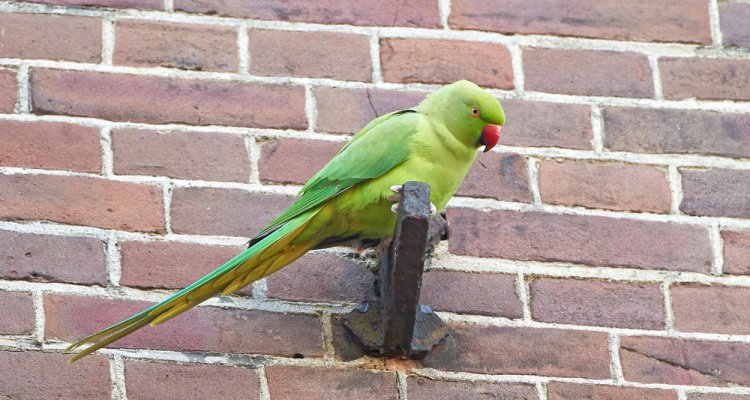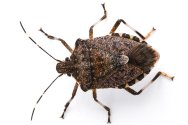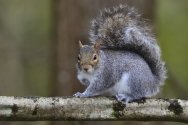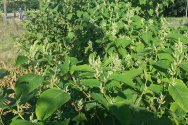
Dossier
Exotic species in the Netherlands
Exotic species, also known as alien or introduced species, are animals, plants, fungi or micro-organisms imported through human activity into an area where they do not originally occur, but where they proceed to thrive. Species which were introduced to the Netherlands before the year 1500, such as the rabbit, the pheasant and the mute swan, do not count and are considered indigenous.
Exotic species are sometimes introduced deliberately. An example is the multicoloured Asian ladybird, released in Europe 20 years ago to combat aphids. Pheasants and fallow deer were once released as hunting game. And every year hundreds of turtles and pond perch are released into Dutch watercourses when their owners have had enough of them.
But a lot of species get introduced by accident. Sometimes pets or ornamental animals escape from captivity, as did the Egyptian goose, the Pallas’s squirrel and the Italian crested newt. Marine creatures such as the Chinese mitten crab are brought in with ballast water from ships; the tiger mosquito hitches a ride on tropical plants. And since a canal was dug between the Rhine and Danube 20 years ago, fish species from the Danube watershed, such as the round goby and the money goby, have been able to reach our waters.
There is another category of newcomers that we do not count as exotic: species such as the great egret, whose habitat is shifting as a result of climate change. They are counted in the same category as the lynx, wildcat, wolf and perhaps the golden jackal: animals that settle here of their own accord.
Species monitoring through eDNA
With the help of environmental DNA (eDNA), researchers can demonstrate the presence of animal species, for example based on water samples.
Publications
-
Connecting with lakes : A social-ecological perspective on nutrient management in surface water networks
Wageningen University. Promotor(en): W.M. Mooij, co-promotor(en): S. Teurlincx, T.A. Troost - Wageningen: Wageningen University - ISBN: 9789465104591 -
Agroforestry als onderdeel van groenblauwe dooradering (GBDA)
Wageningen University & Research (Factsheet Agroforestry 18) -
Bestuivers in het licht: hoe licht bestuiving in kassen beinvloedt
Mijn bijen (2025), Issue: 1 - ISSN 1877-6418 - p. 30-31. -
Werk samen, speel samen en strijd vervolgens samen
Trouw (2025) - p. 19-19. -
Microbiome predators: Hidden Drivers of Soil Health
-
Supplementary materials for PhD thesis: Comparative Genomics and Trait Evolution in Lettuce, its Wild Relatives and the Asteraceae
-
Investing in oil palm: balancing investor objectives and concerns
Wageningen: Wageningen University -
Duurzame teeltmaatregelen snijmais : Resultaten 4-jarige veldproef op zandgrond
Wageningen: Wageningen Livestock Research (Rapport / Wageningen Livestock Research 1546) -
Onderwaternatuur Waddenzee : literatuurstudie ter onderbouwing van het PAGW streefbeeld voor een veerkrachtige en robuuste Waddenzee
Den Helder: Wageningen Marine Research (Wageningen Marine Research rapport C098/24) -
Tracing sustainability : A study of agricultural traceability options for compliance with the European Union Deforestation Regulation for Colombia’s coffee and palm oil value chains
Wageningen: Wageningen Social & Economic Research (Report / Wageningen Social & Economic Research 2025-037)




